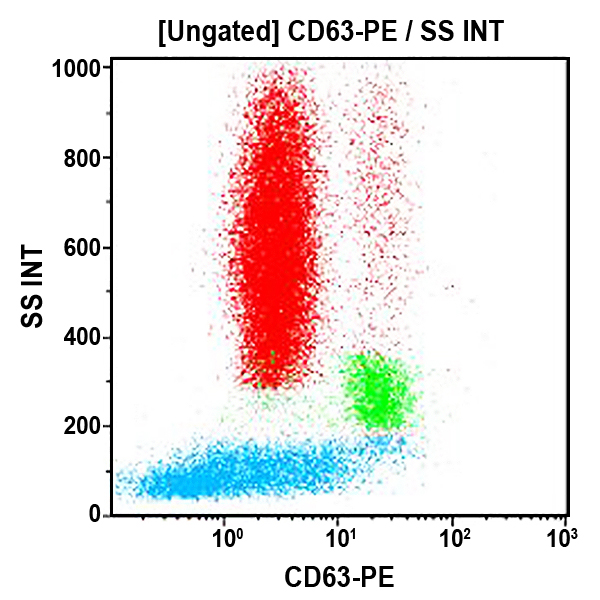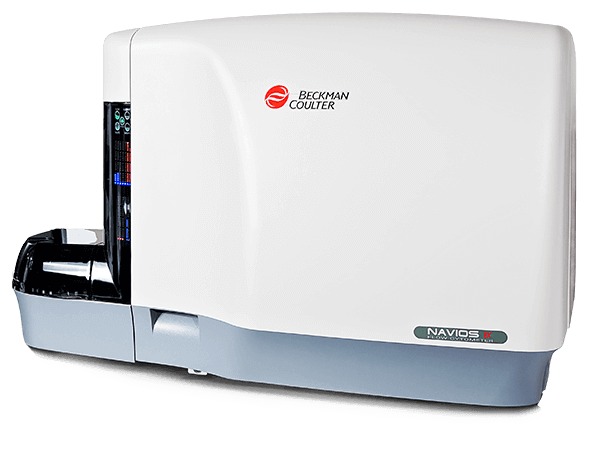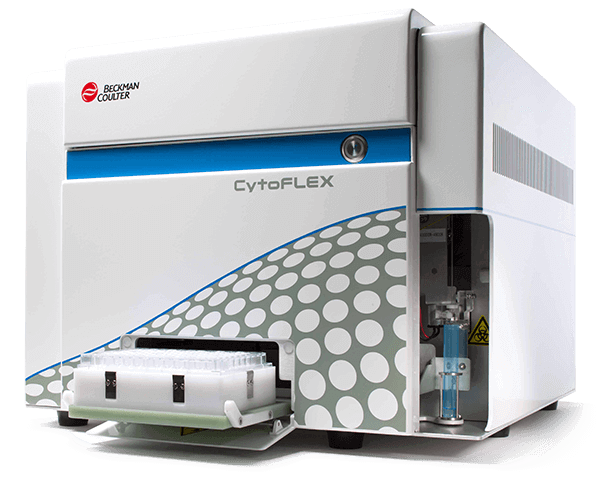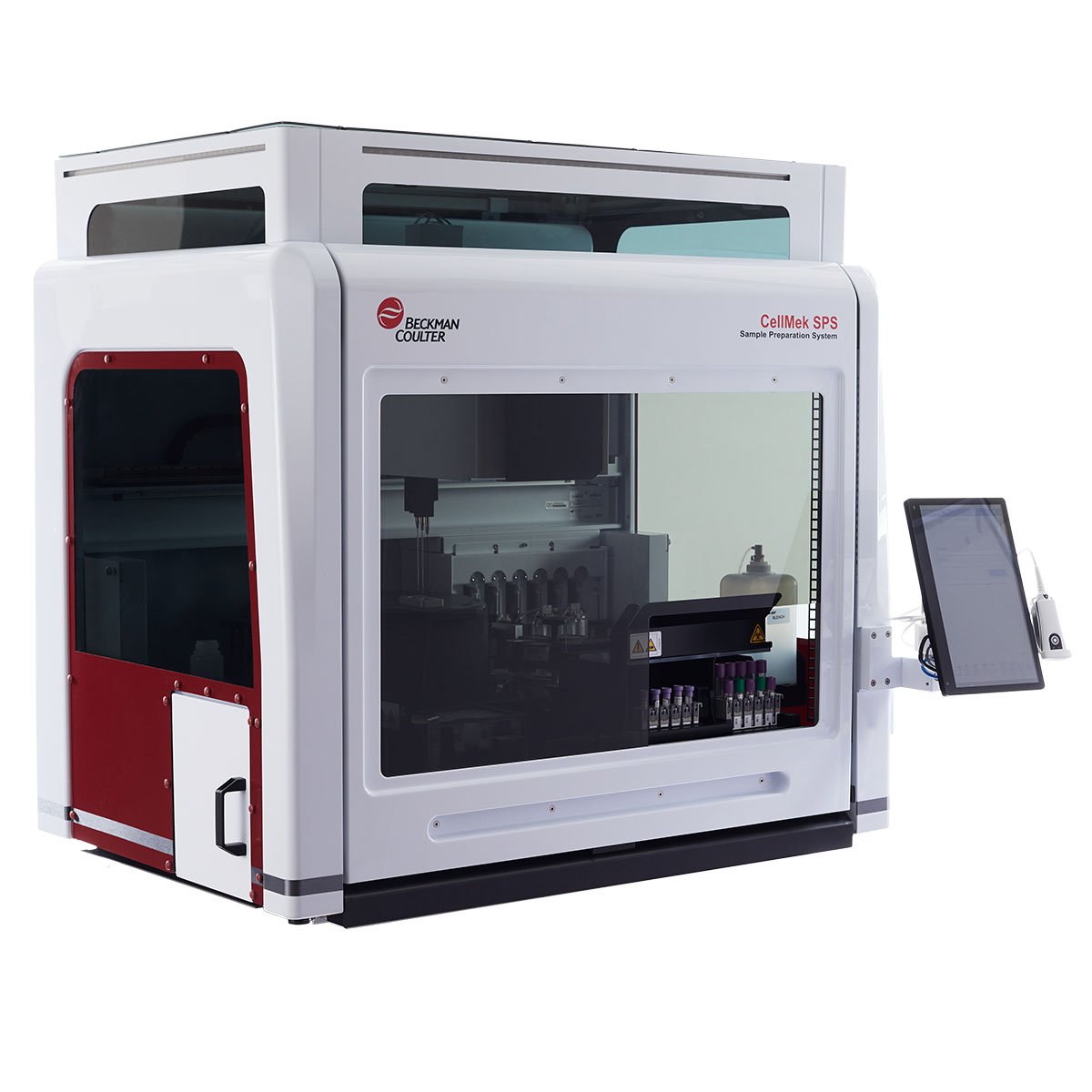CD63 Antibodies
The CD63 antigen, also known as lysosomal membrane associated glycoprotein 3 (LAMP3), is a member of the tetraspanin (TM4SF) family. Nearly 20 genes encode tetraspanins whose main structural characteristics is their four transmembrane domains. CD63, as other tetraspanins (CD9, CD81, CD82), has recently been reported as forming complexes with VLA-3 and phosphatidylinositol 4-kinase, with VLA-6, CD11/CD18 and tyrosine kinase. CD63 was first described in granules of resting platelets and on the surface membrane on activated platelets. CD63 was later identified as granulophysin, a platelet dense granule glycoprotein. The molecular weight of the platelet form of CD63 ranges from 40 to 55 kDa. CD63 has been found to be identical to the ME491 antigen expressed by melanoma cells. It is also found on monocytes / macrophages and is weakly expressed by resting granulocytes, T lymphocytes and B lymphocytes. CD63 antigen, present in azurophilic granules of non-stimulated neutrophils, is strongly expressed on the surface of neutrophils after activation. Studies have shown that CD63 may be a marker for granule release. This phenomenom is also reported for basophils.
| Clone: CLB-Gran/12 | Isotype: IgG1 Mouse |
| The CD63 antibodies inhibit adhesion of neutrophils to activated endothelium. CLBGran/12 was used as a CD63 reference monoclonal antibody during HLDA 6. | |






